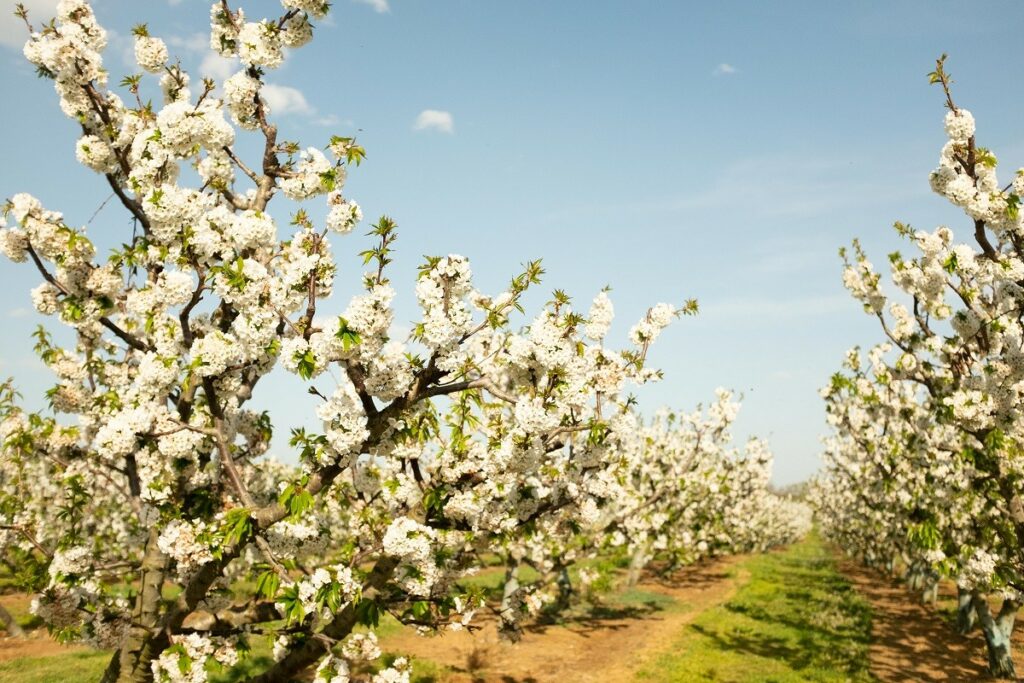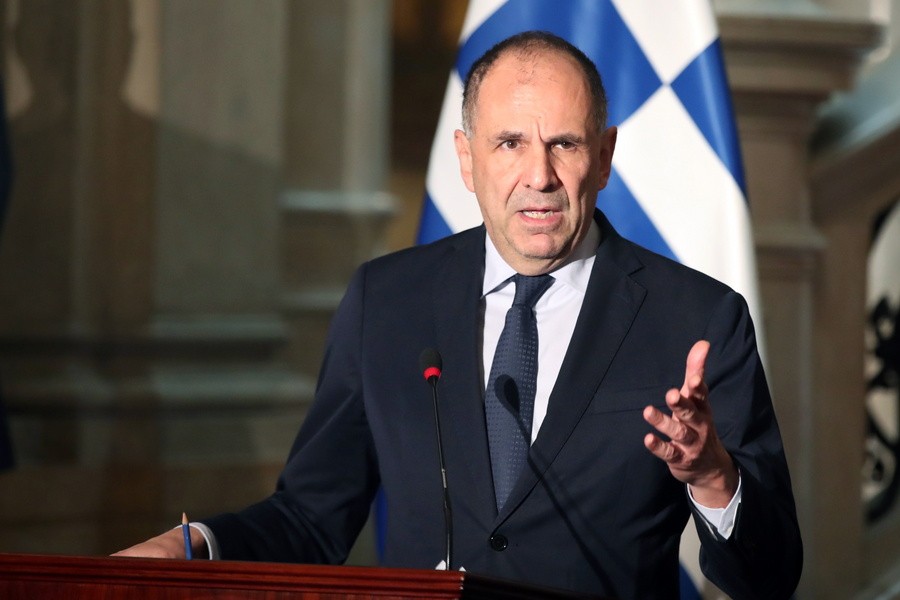
Alexander’s the Great father, Philip II’s, palace at Aigai to open to the public in May
Work is proceeding at a fast rate to prepare the magnificent palace of Aigai in the region of Pella, northern Greece, for its opening to the public in May, with its walls restored to a height of 1.6 metres and the rich mosaics uncovered on the hall floors.
The palace, constructed during the reign of Philip II (359-336 BC), father of Alexander the Great, is three times the size of the Parthenon and belongs to a complex that includes royal burial clusters and a fortified town. The complex is in a strategic location defined by two rivers and the Pieria mountains.
Stonemasons have been working on the palace reconstruction, slowly reassembling the nearly 30 columns in the palace’s peristyle (a colonnade surrounding the main court), on the facade and elsewhere.
Sixteen columns of the peristyle’s southern section and the frieze will be reconstructed, to a height of eight metres. “This will allow us to get a comprehensive view of the building,” as archaeologist Angeliki Kottaridi, also head of the antiquities ephorate in the region of Imathia, explained to Athens-Macedonia News Agency (ANA).
Another 7,000 stone-cut blocks – measuring 1m long by a maximum 0.70m wide and 0.50m in height – are being prepared to augment original ones and to shore up the massive buttress on which the palace foundation rests. The surfaces of these stones are hand-carved, using tools like those of ancient stonemasons.
The floor mosaics, which will be visible in May, include the mythological theme of the rape of Europa and scenes of nature.
“The palace of Philip II was destroyed in the middle of the 2nd century BC, following the conquer of Macedonia by the Romans. Many of its architectural stone parts were used in constructing other buildings,” Kottaridi to ANA. “It?s characteristic that many of the stones from the building uncovered by the French excavators in the 19th century were used to build homes housing refugees in the nearby village of Vergina,” she added.
Meanwhile, part of the upper floor at the palace’s entrance way (propylon) and a 30m part of a colonnade have been set up inside the new museum at Aigai, because they could not be reconstructed in situ. Kottaridi said the museum will be ready to open fully by the spring of 2020.
Funding for the project comes from the EU’s NSRF business programme on “Competitiveness, Entrepreneurship and Innovation”, which will provide 10 million euros in total for the reconstruction, expected to be completed by end-2022.
The increased funding from EU and Greek state sources will help support the wall the ancient Macedonians started building and to stabilize the eroded hillside, Kottaridi said.
“The reconstruction of the Aigai palace complex is particularly significant, as it will provide Macedonia with the most important example of classical-era architecture in the whole of northern Greece,” she concluded.
ΑΝΑ-ΜPA

